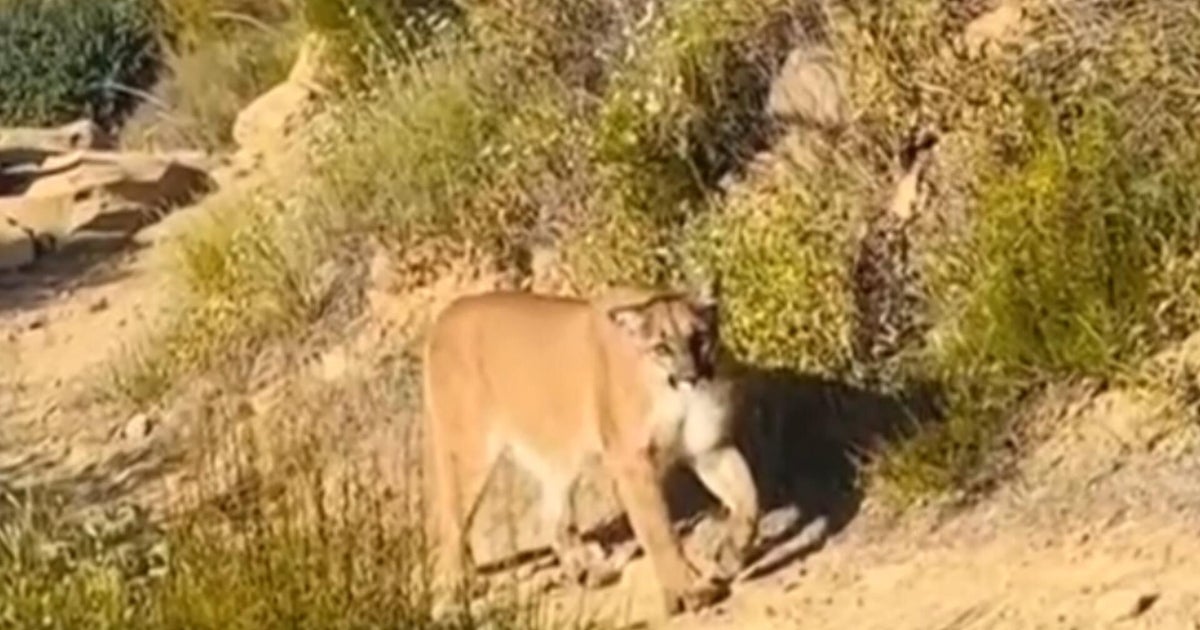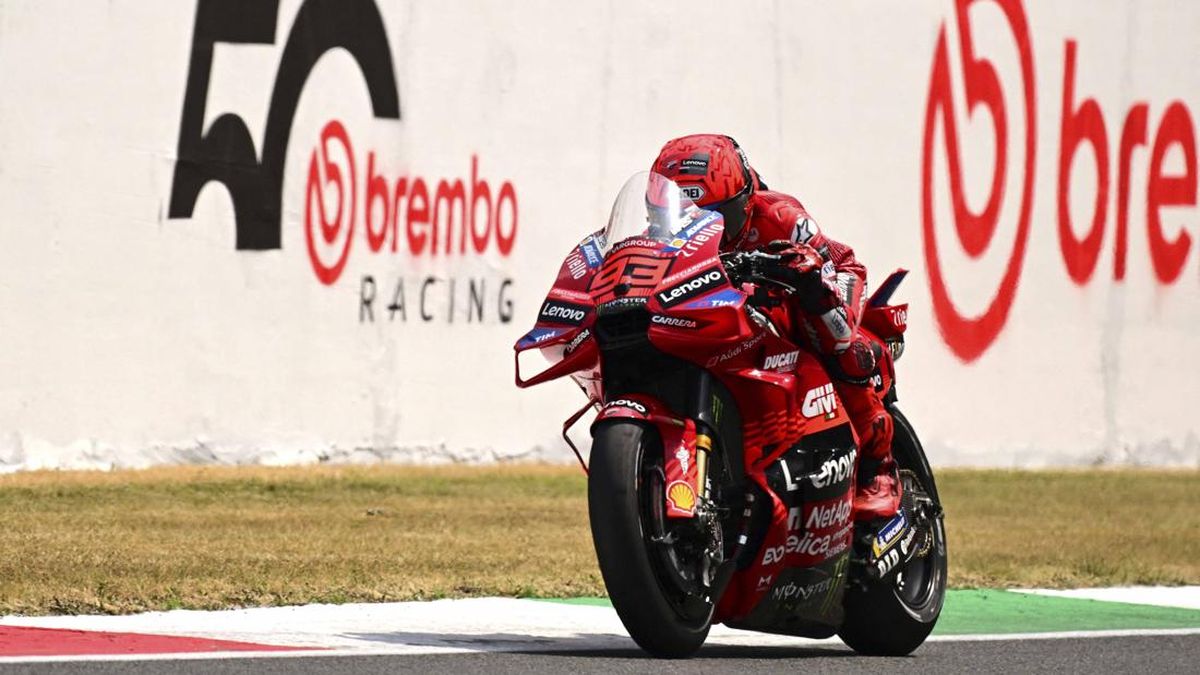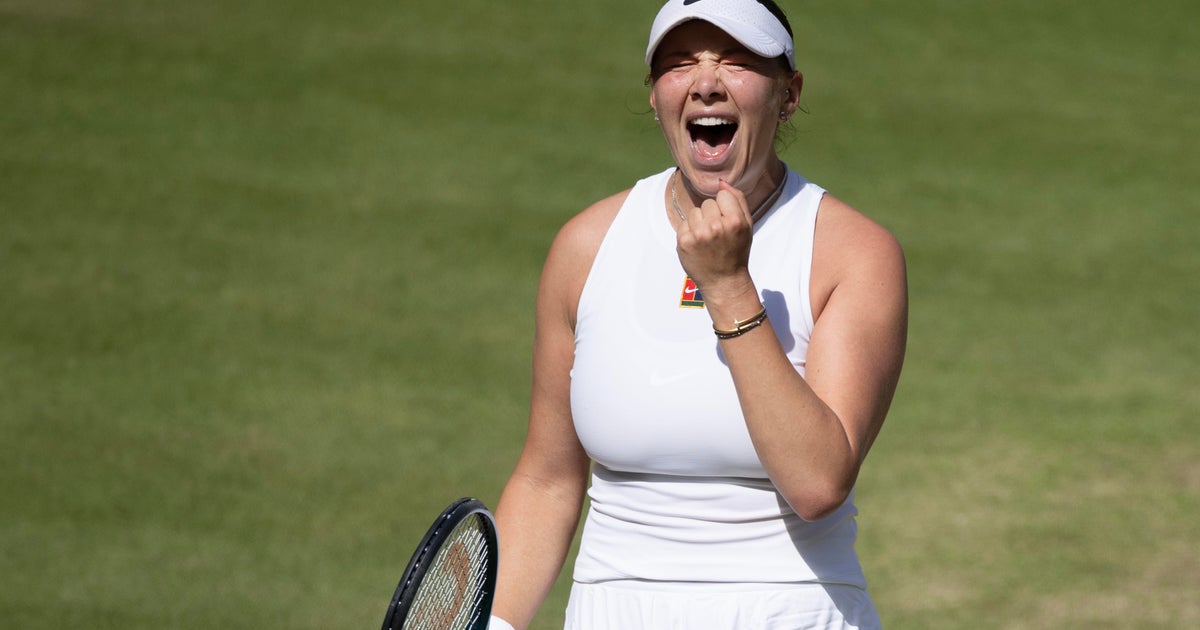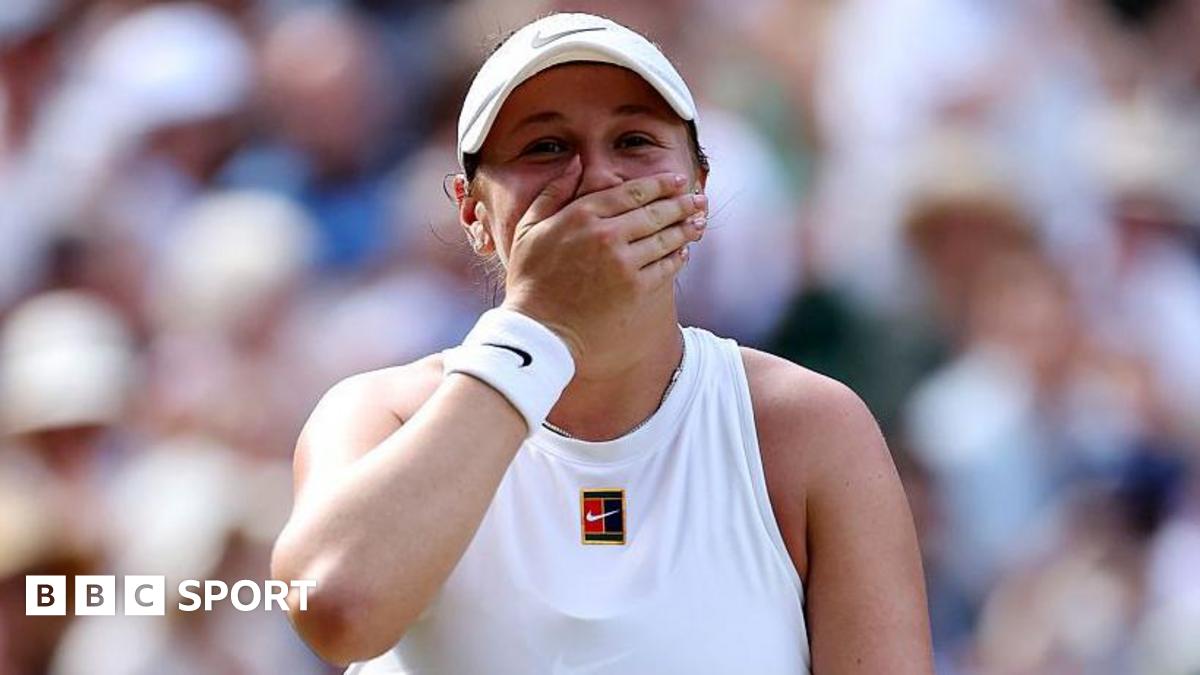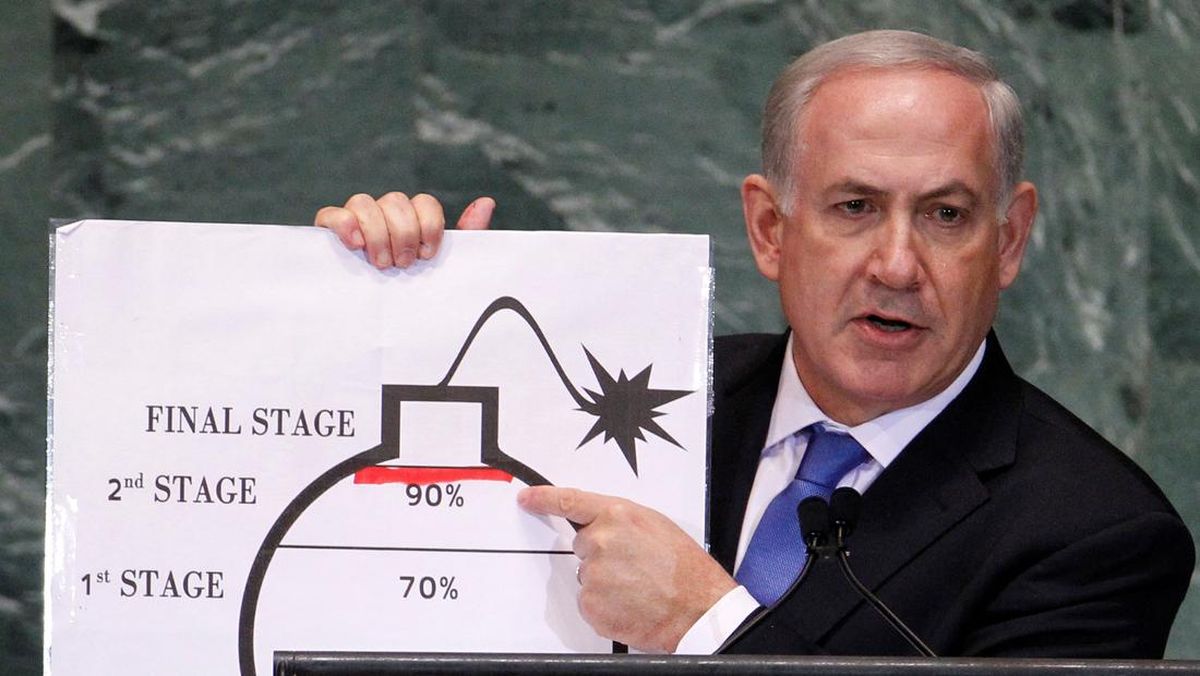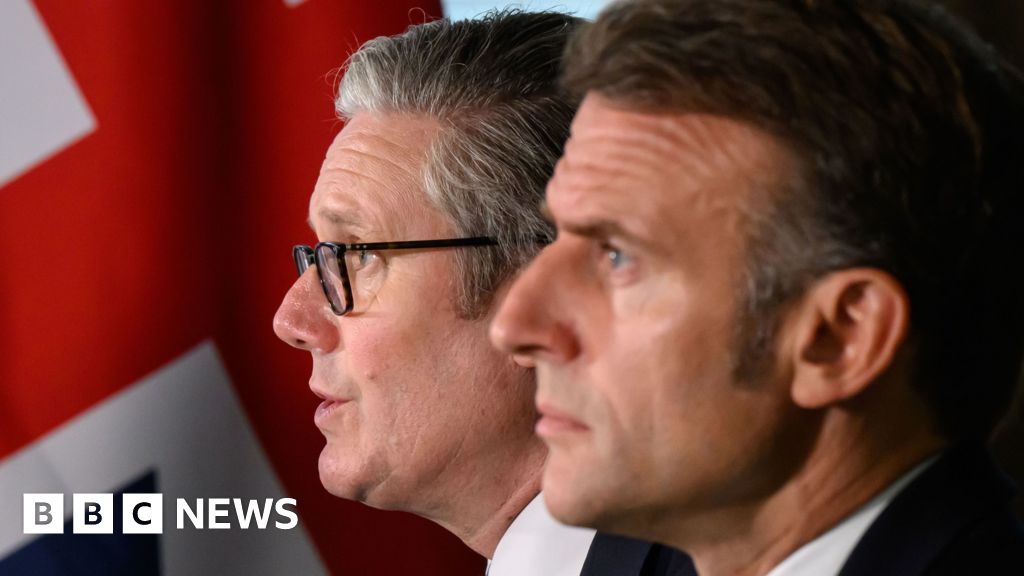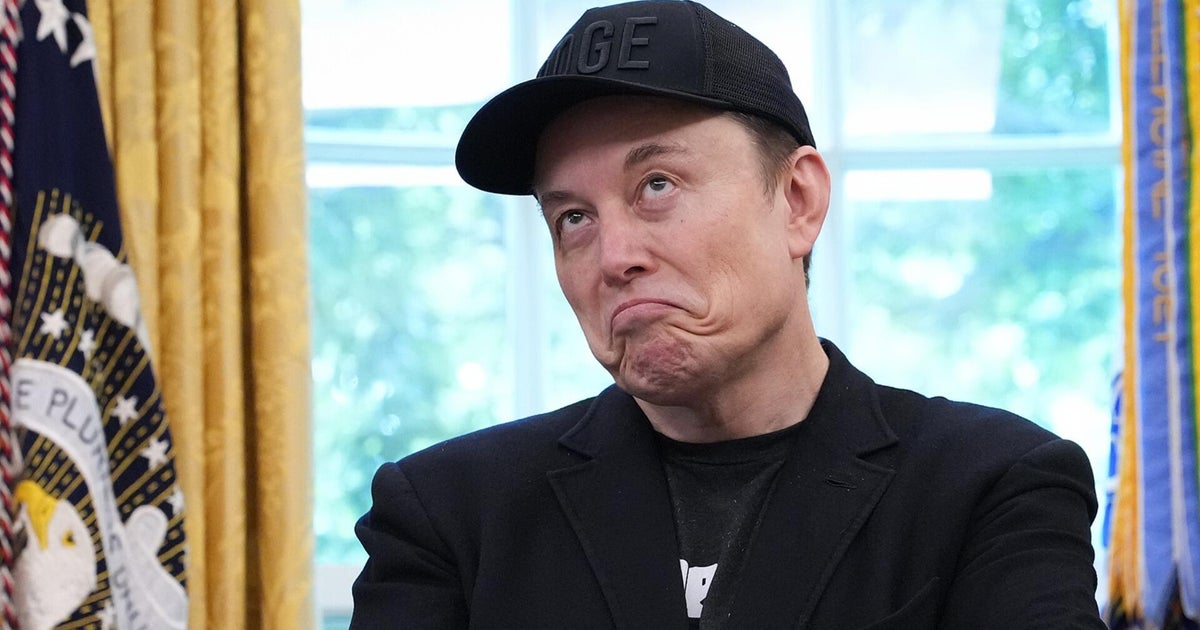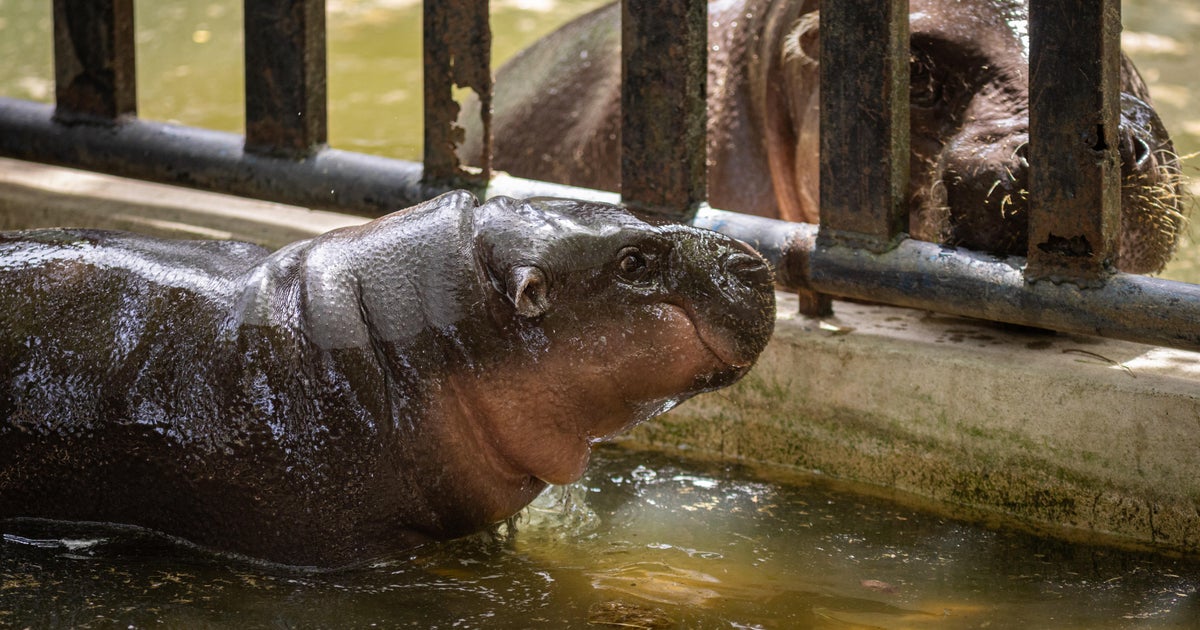American couple work to excavate ancient city
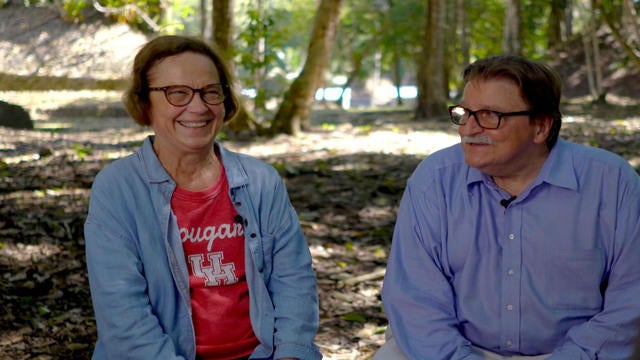
The tomb of a Mayan king has been discovered by Texas archaeologists in Caracol, Belize, marking the first time researchers in the ancient city have found a ruler's identifiable resting place.
Caracol dates back to 900 B.C., according to the Caracol Archaeological Project, and lasted centuries until the collapse of the Maya civilization in A.D. 800-900. At its peak, the city had a population of over 100,000 people. Today, the city is the largest Mayan archaeological site in Belize, the project said.
Archaeologists have been working at the site for over 40 years. Husband and wife team Arlen and Diane Chase, with the University of Houston, have been conducting excavations there for decades. The pair run the Caracol Archaeological Project. During their most recent expedition, carried out in partnership with Belize's Institute of Archaeology, they found the first identifiable tomb of a ruler of Caracol. The tomb was underneath another burial chamber, which researchers first discovered in 1993.
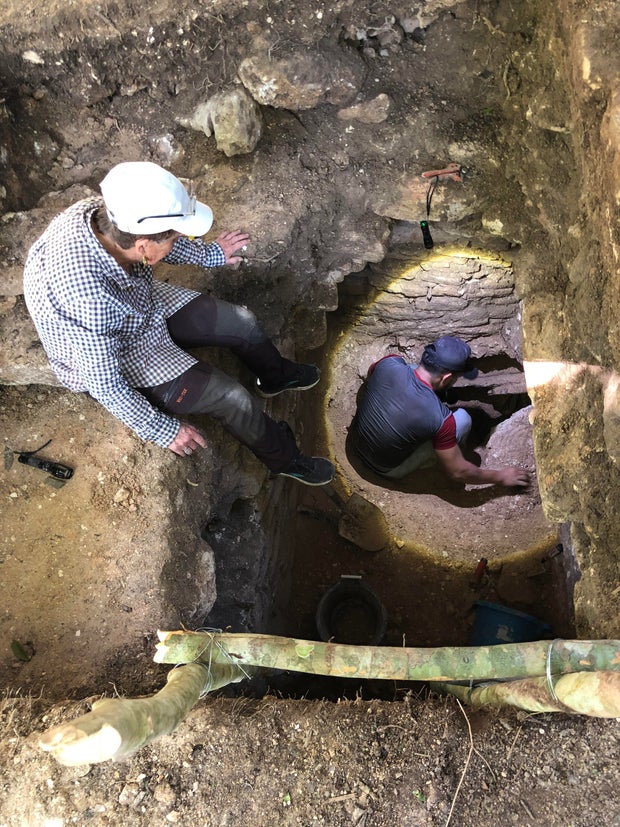 The Chases access the royal tomb by carefully excavating through the floor of an earlier tomb built above it.
Caracol Archaeological Project / University of Houston
The Chases access the royal tomb by carefully excavating through the floor of an earlier tomb built above it.
Caracol Archaeological Project / University of Houston
Te K'ab Chaak was the first ruler of Caracol and the founder of its royal dynasty, the University of Houston said in a news release. He took power in A.D. 331.
The Chases found that he had been interred at the base of a royal family shrine in about A.D. 350. Alongside the ruler were 11 pottery vessels, a jadeite death mask and jewelry, carved bone tubes, and other relics. The death mask was found in dozens of pieces.
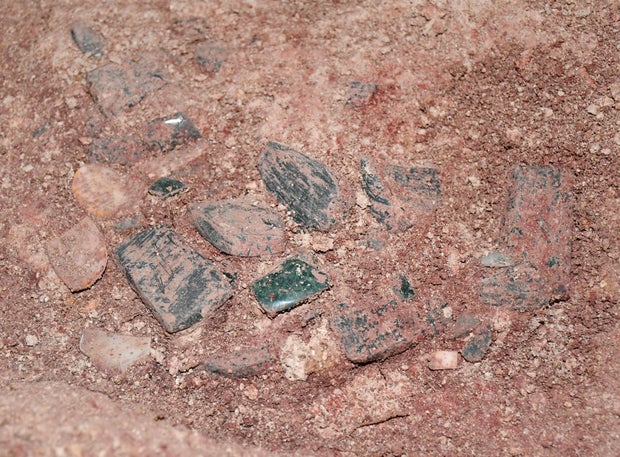 The rare jadeite mosaic mask, as it was discovered, resting within the tomb's dirt floor at Caracol. Large pieces of jade are visible.
Caracol Archaeological Project / University of Houston
The rare jadeite mosaic mask, as it was discovered, resting within the tomb's dirt floor at Caracol. Large pieces of jade are visible.
Caracol Archaeological Project / University of Houston
Many pieces of pottery were engraved. One showed a scene of a deity receiving offerings. Others showed bound prisoners.
The Chases were able to determine that Te K'ab Chaak was "of advanced age" at the time of his burial. He had no remaining teeth, and was around 5 feet, 7 inches tall at the time of his death.
"It is one of our most important finds," Diane Chase told the University of Houston. "We found the first person in the dynasty so that, in itself, in terms of the history of Caracol is huge, and it's incredible that we could identify him as a ruler. We've found numerous tombs with really impressive artifacts inside that were clearly members of the royal family, but this is the first one where it matches with hieroglyphic records to be a ruler and beyond that, the first dynastic ruler."
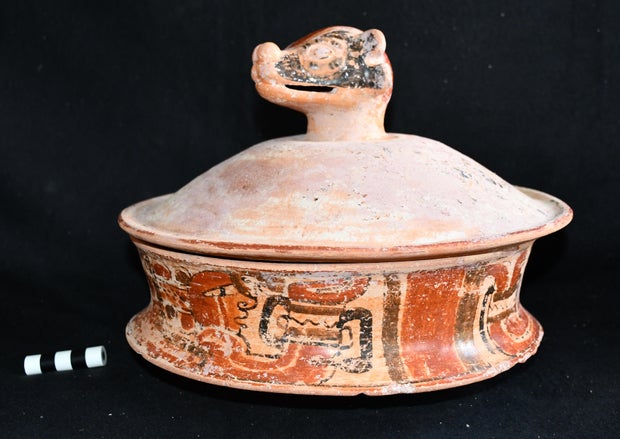 A Maya pottery basal flange bowl with lid. The basal flange bowl contains a scene showing two bound prisoners. The coatimundi lid is eroded in the front but contains a portrait of the Maya god of trade, Ek Chuah, on its rear.
Caracol Archaeological Project / University of Houston
A Maya pottery basal flange bowl with lid. The basal flange bowl contains a scene showing two bound prisoners. The coatimundi lid is eroded in the front but contains a portrait of the Maya god of trade, Ek Chuah, on its rear.
Caracol Archaeological Project / University of Houston
This is the third tomb found at Caracol that dates back to around A.D. 350. One tomb, found in 2009, held the remains of a woman, along with jewelry, shells and pottery vessels. Another internment site was a cremation vessel that held the remains of three people, two large knives and several other relics associated with central Mexico. In A.D. 350, the ancient Maya had begun to have contact with the central Mexican city of Teotihuacan. Archaeologists believe that the cremated individuals likely included a Caracol royal family member who had embraced Mexican ritual practices and may have even served as an envoy to Teotihuacan.
For decades, archaeologists have wondered at how Teotihuacan may have influenced Mayan society, Diane Chase said in the news release. The Mexican city had a larger presence in Caracol in A.D. 378, but the three burials were all a generation before that, indicating that early Mayan rulers were "fully enmeshed in Mesoamerican-wide contacts prior" to what records previously led researchers to believe.
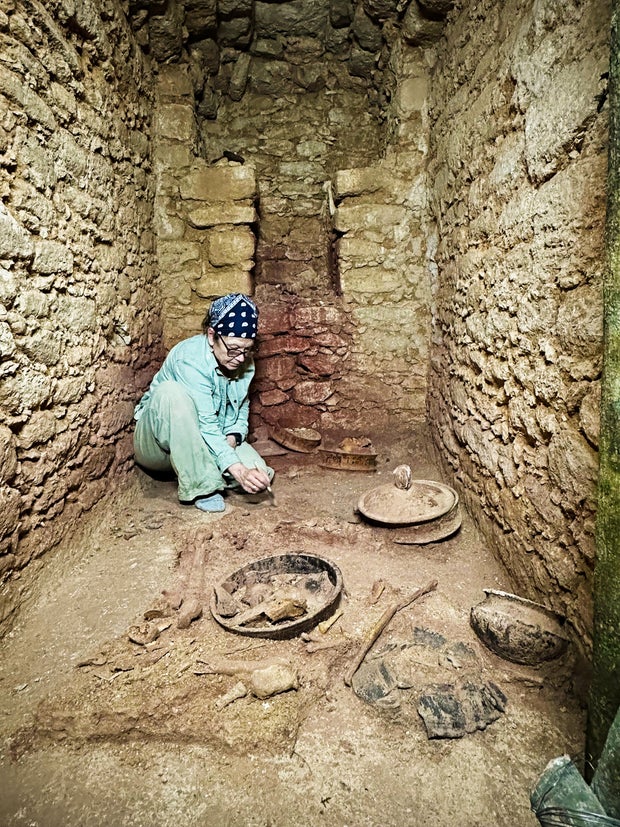 Diane Chase in the tomb of Te K'ab Chaak with vessels in the foreground and jadeite mask to the left and the south wall niche.
Caracol Archaeological Project / University of Houston
Diane Chase in the tomb of Te K'ab Chaak with vessels in the foreground and jadeite mask to the left and the south wall niche.
Caracol Archaeological Project / University of Houston
"Maya carved stone monuments, hieroglyphic dates, iconography, and archaeological data all suggest that widespread pan-Mesoamerican connections occurred after an event in 378 AD referred to as the 'entrada.' Whether this event represented actual Teotihuacanos in the Maya area or Maya using central Mexican symbols is still debated," Diane Chase said in a news release. "The Caracol archaeological data suggests that the situation was far more complicated."
Research on Te K'ab Chaak's tomb will continue. Archaeologists are working to reconstruct the jadeite death mask and perform DNA and isotope analysis on the skeletal material. More information from the excavation will be presented at an academic conference on Maya–Teotihuacan interaction in August, the University of Houston said.
Kerry Breen is a news editor at CBSNews.com. A graduate of New York University's Arthur L. Carter School of Journalism, she previously worked at NBC News' TODAY Digital. She covers current events, breaking news and issues including substance use.




